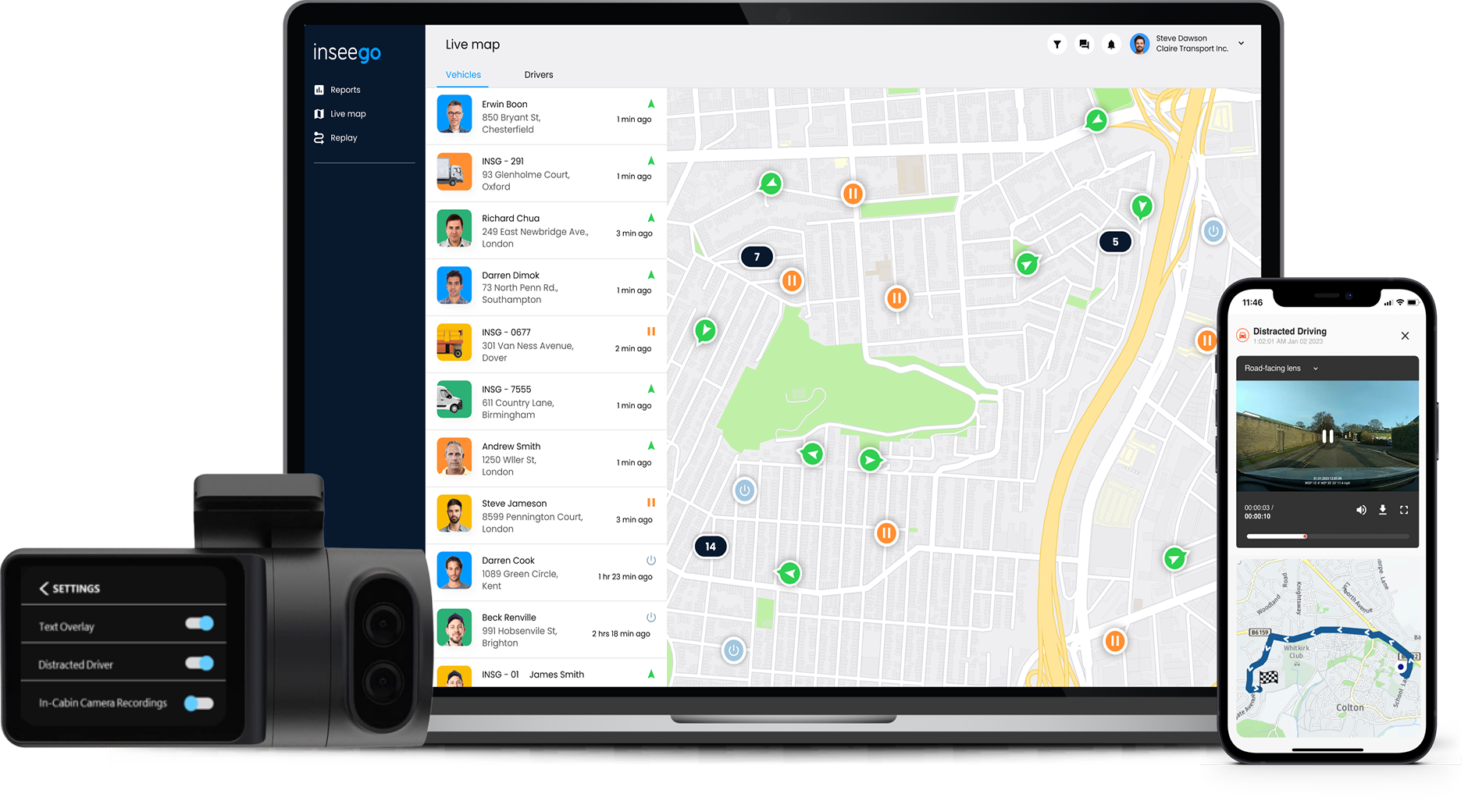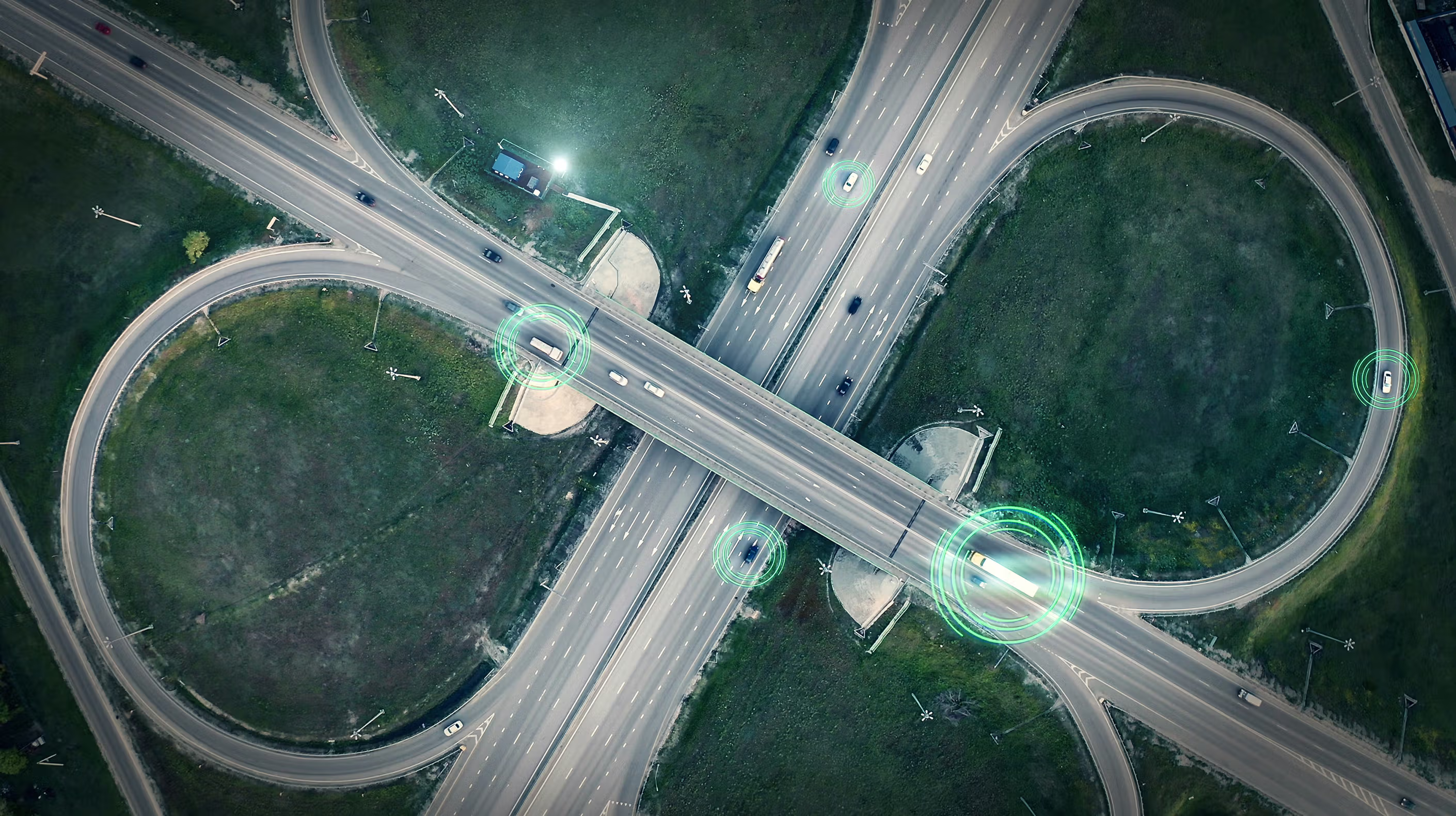What is LTE-M?
Also known as eMTC (enhanced Machine Type Communications) or Cat-M1/M2, LTE-M is part of LTE IoT technologies. It offers up to 2.4 Mbps downlink speeds, years of battery-life, and extended coverage. This is suitable for latency sensitive IoT applications such as tracker, wearables, and for any use case that need voice and full mobility support.
Read more





